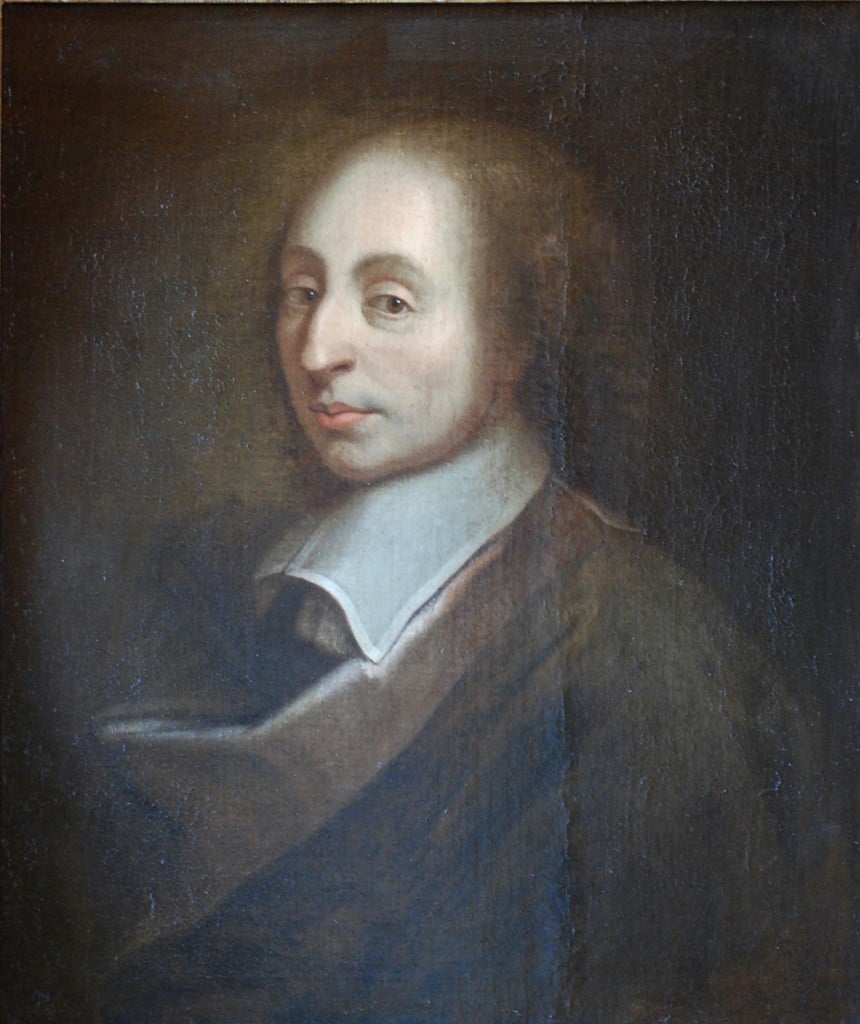Within the community of St. Blogs, folks have been amazed by the witness given by Bishop Thomas Paprocki on the subject of marriage. You probably have already heard the news, as these events transpired back on the last day of May, and hit the wires a few days later.
The occasion was a debate hosted by the Jesuit Alumni in Arizona, held at the Shadow Rock United Church of Christ in Phoenix, Arizona.
Bishop Paprocki started off his side of the talk with a tale of two murders, one which was lionized by the press, and one which is virtually unknown. You will be sure to want to read his bracing introduction. But following that very troubling, and very personal reflection on those tragic events, he gets into the meat and potatoes of the Catholic teaching on marriage. And it is at this point that I share his remarks because they are cogent, clear, and easily grasped by Catholics, other Christians, and folks from other faith backgrounds, and of no faith background.
One more thing. You have got to love that the bishop loves to play hockey. As seen below, he handles the responsibilities of a goalie quite well.
In my remarks tonight I will address the claims of an argument against my views that would go something like this:
The Catholic Church teaches that marriage is limited to the union of one man and one woman, and that the civil law should reflect this definition. Some non-Catholic religions, and some people with no religious affiliation, are supportive of homosexual marriage. The civil law governs a diverse and pluralistic society, and it is not legitimate to single out one religious group’s views and grant them favored status by enacting their religious views into law. Therefore, it is not legitimate for civil society to limit marriage to heterosexual couples.
The first thing to note in response to this argument is that it relies on several false premises. The Catholic Church did not invent marriage as an institution limited to heterosexual couples. Neither did the state. Marriage is a pre-political and natural phenomenon that arises out of the nature of human beings. The Catholic Church, along with virtually every religion and culture in the world recognizes and supports this natural institution because without it, no society will exist or flourish. I will discuss this phenomenon shortly.
Secondly, it is a given of First Amendment jurisprudence that the mere fact that a civil law harmonizes or agrees with religious beliefs is not grounds for finding an Establishment Clause violation. Certainly, if the civil law granted recognition only to sacramental marriages as defined in the Code of Canon Law of the Catholic Church, this would violate the Establishment Clause. But no law purports to do so. The Supreme Court has held that:
“The Establishment Clause does not ban federal or state regulation of conduct whose reason or effect merely happens to coincide or harmonize with the tenets of some or all religions. In many instances, the Congress or state legislatures conclude that the general welfare of society, wholly apart from any religious considerations, demands such regulation. Thus, for temporal purposes, murder is illegal. And the fact that this agrees with the dictates of the Judaeo-Christian religions while it may disagree with others does not invalidate the regulation. So too with the questions of adultery and polygamy. The same could be said of theft, fraud, etc. because those offenses were also proscribed in the Decalogue. McGowan v. Maryland, 366 U.S. 420, 442 (1961).”
My response to the claim that it is illegitimate for the civil law to favor the Church’s view on marriage will address two points: first, I will discuss the nature of marriage as a natural institution; second, I will argue that civil law and a limited government act beyond their competence and authority when they attempt to redefine the fundamental attributes of marriage.
I.THE NATURE OF MARRIAGE
First, neither the state nor the Church “created” marriage. Marriage is a natural outgrowth of human nature, capacities and needs in a similar way that language is a natural outgrowth of human nature, capacities and needs. No one at the dawn of time sat down with a committee of linguists to develop languages, nor did a blue-ribbon committee of sociologists and politicians create marriage.
Marriage grows out of a natural affinity and complementarity of male and female – in other words, the ways in which one gender completes the other emotionally, spiritually and physically. Most of our natural inclinations can be developed and accomplished through our own efforts – we can fulfill our inclinations towards preserving our health, satisfying our hunger, learning the truth, seeking the beautiful, through our own solitary efforts. Even if others assist us in reaching these goals, it is our own efforts that ultimately are determinative of our fulfillment. But the inclination, natural desire and capacity towards procreation and creation of a family can only be fulfilled through the union of a man and woman. Even though new biotech interventions in reproduction have advanced seemingly solitary avenues to this fulfillment, say through artificial reproduction, they all must find ways to mimic the union of a man and woman in order to be successful.
The inclination towards these goods is obviously keenly felt by all human beings, including those with same-sex attractions. But couples of the same sex lack the capacity to realize the goods of natural marriage for the simple reason that they lack the complementarity of male and female. Pope John Paul II developed a large body of teaching about human sexuality which has been pulled together under the title of the “Theology of the Body.” I want to turn to a few of his insights to develop this idea of natural marriage.
Read the entire speech. It makes a great primer on marriage.
RELATED:
Eve Tushnet: “I’m Gay, But I’m Not Switching to a Church That Supports Gay Marriage.”
Gregory Popcak: Male and Female He Created Them–Gender and the Catholic Difference.











